Fabric to fashion Icon
- Home
- DESIGNER LAB
- Fabric to fashion Icon
“Shrub” have you ever thought, what this shrub a normal looking plant can be?
From 195 countries over 90 countries the shrub is cultivated for it’s better fibre and also for its seed but let us focus on the shrub’s fibre about 2.5% of cropland is planted with the cotton . and this cotton became a fashion icon so let us start the journey of this cotton to the fashion icon.
A fragile and fluffy staple fibre that grown on a plant that turns into a sturdy hard wearing textiles. The cotton bolls are picked with a machine that removes the crop without damaging the plant. Once picked and collected, the cotton goes through the ginning process. “If you wanna be a diamond obviously you have to get cuts to get into shape.” same as saying the cotton goes through a different process which makes it wearable fashion icon.
The cotton comes in 60 different qualities cause nature is a fickle so obviously today’s manufacturers are manufacturing that denim from the mixed cotton which comes from a different origin. And choosing the right cotton for the denim is really a skilful business they start with the blending process where the different kinds of cotton are blended during the whole process the cotton floats in the air in the chambers and during that the trash or other unnecessary parts get removed.
And after that process, they get what he needs and its ‘Sliver’. Sliver got remixed 36 times to get the perfect blend.
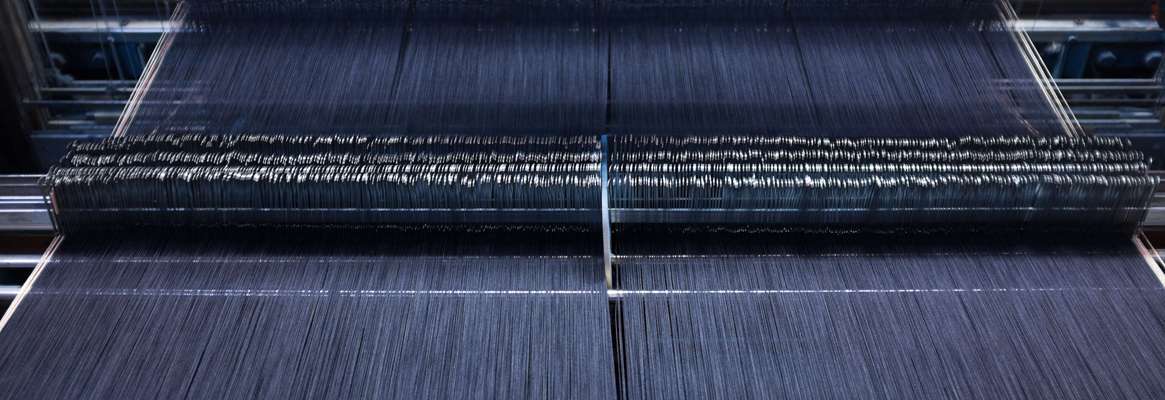
There are two types of spinning machines one is ring-spinning machine and another one is an open hand machine in the inning machine the in-ring spinning the silver prepares through the flyer and in open hand pinning it directly goes into the open hand spinning machine. And it creates yarn at a single attempt the machines spin the 50 to 60 meters of yarn.and during the whole day it can create a million km of yarn.
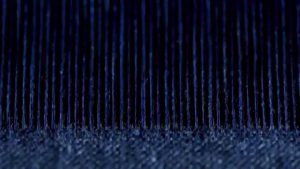
After getting yarn it goes ahead for DIY and another process. Dyeing is the process of adding color to the yarn. … For solid color denim, fabric dyeing is often used. Indigo is a vat dye. To get the dyestuff onto the yarn or fabric, it’s solubilised in water with the help of a reducing agent. The classic kind of denim that is blue on the outside and white on the inside is ‘yarn-dyed only the warp yarn is dyed while the weft is left natural or bleached. For solid color denim, fabric dyeing is often used. Indigo is a vat dye. To get the dyestuff onto the yarn or fabric, it’s solubilized in water with the help of a reducing agent. Indigo can be found in the plants called the fire and it can be found in very small quantities. But most probably the manufacturers are using the synthetic indigo.
After the DIY process it goes to the weaving process it can be done in the two ways may be in cold edge or self-edge. Denim got popularity in 1970 after that the right-hand twill method came into existence. And after that left-hand twill came and when the competition got high and there was no way to make it on right to left twill method so the new method was found and it does not have any specific direction and its broken twill most commonly used method nowadays is right-hand twill. But as per the changes in trend still, new methods are getting introduced in the market. After weaving process, we gonna get that cloth on the loom and will move ahead for another process.
Now the denim cloth is ready to be denim jeans and before transforming it in the jeans it has to go through the basic finishing process. Skewing Finish. All denim fabrics must go through a process called skewing. The process means an operation that is done by machine to make the weft threads in the fabric skewed against the perpendicular warp threads. This process is necessary on all fabrics to twill weave to ensure the finished garment when washed will not twist.
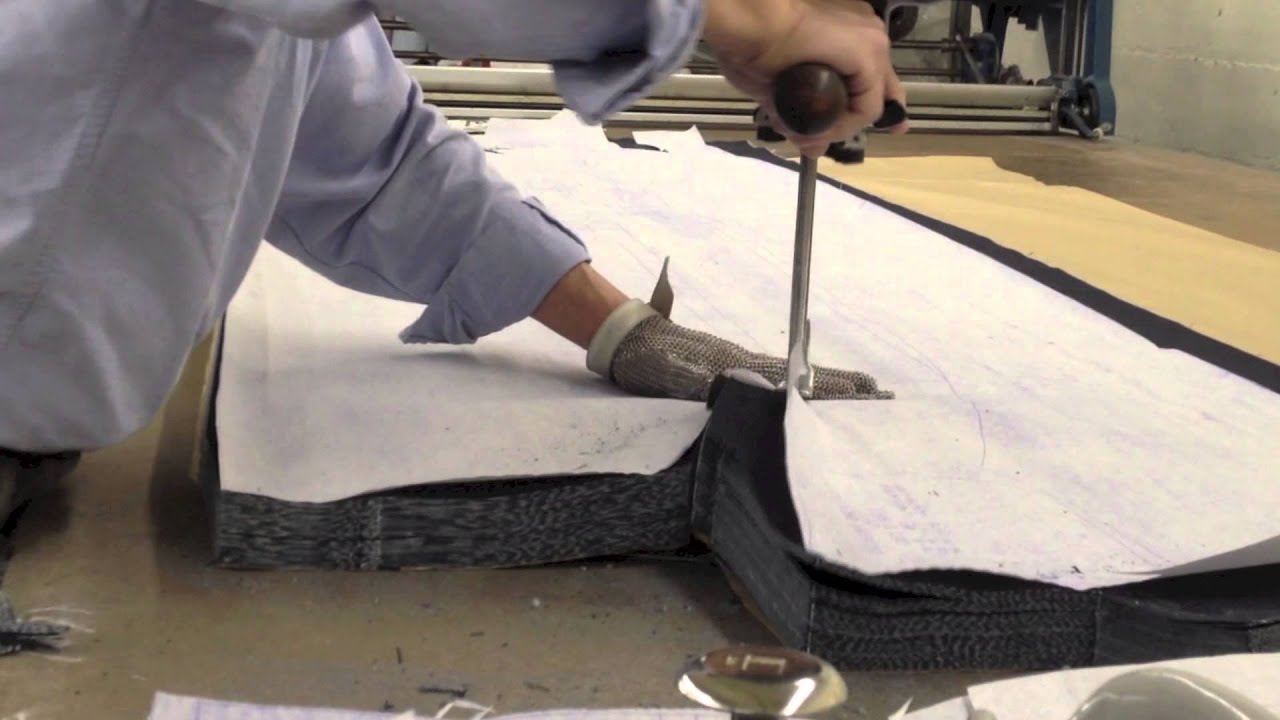
The denim cloth is cut into pattern pieces from stacks 60 layers thick. High-speed cutting machines are used for this process. Once the pieces are cut, they are sewn into completed pairs of blue jeans. Sewing is done in assembly-line fashion using human-operated sewing machines.The completed pair of blue jeans is ready then pressed. They are placed into a large pressing machine that steam irons the entire garment at once in about a minute. A size tag is punched into the material and the jeans are folded, stacked, and placed in boxes according to style, color, and size and the other fashion before being sent to the warehouse for storage for ending it out for sale. When the jeans are selected to be sent to a store, they are put in large shipping cartons and sent on trains or trucks.
Numbers of mills different country has.
| Region | Number of mills |
| China | 297 |
| India | 23 |
| Asia (excluding India and China) | 81 |
| North America | 9 |
| Europe | 41 |
| Latin America | 46 |
| Africa | 15 |
| Australia | 1 |
| Total | 513 |
Source WikiPedia
And finally, this is how the most favorite clothing item of the youth is made. It’s not just normal denim but nowadays people considering it as a fashion icon in the clothing industry.
The button fly Jeans.
Does your wardrobe have these all-time stunning customized jeans?
Reasons to avoid skinny jeans.
Unique Style: Exploring the Fusion of Classic and Contemporary in Tailored to Fit: Custom Jeans UK for the Fashion-Forward
ABOUT US
We Provide Custom Jeans services in USA, Canada, London, UK, Australia, Europe, Netherland, New Zealand, and many other Gulf Countries Like UAE, Kuwait, Oman, and Every Country in Europe and Asia, South Asia, and South American Countries, We also Provide Tailored Jeans Services in San Jose San Diego Los Angeles California, New York, Brooklyn, Chicago, San Antonio Dallas Texas, Illinois, Houston, Phoenix Arizona, Philadelphia Pennsylvania, Boston, Oklahoma, Memphis and every major city of United States of America and Europe, We also specialise in Custom Jeans for Women in America

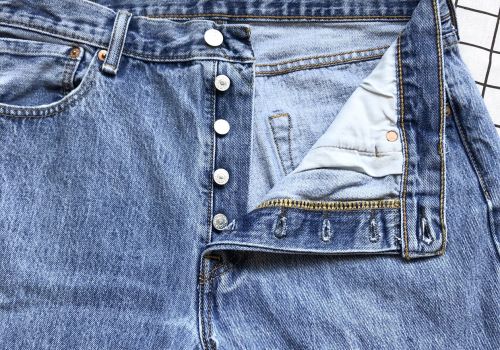
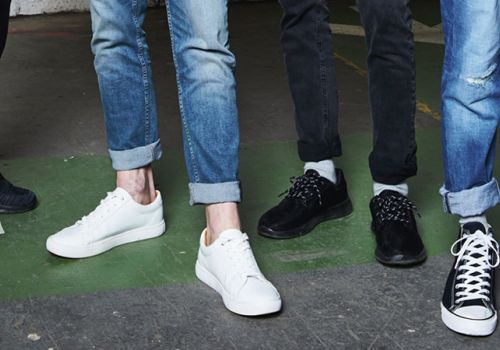
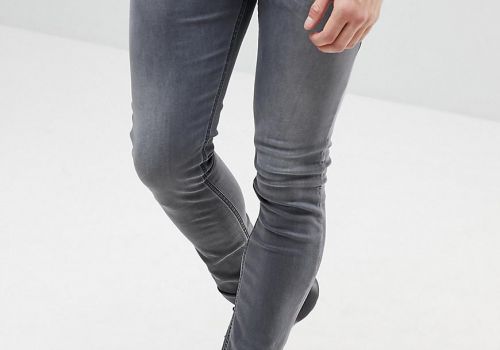
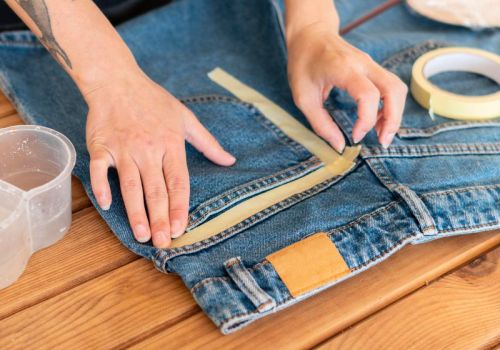
Leave a Reply
You must be logged in to post a comment.